How the Spaniards Shaped Filipino Culture
Dive into the whimsical world of Spanish influence on Filipino culture, where colonial quirks and customs blend into a unique heritage.
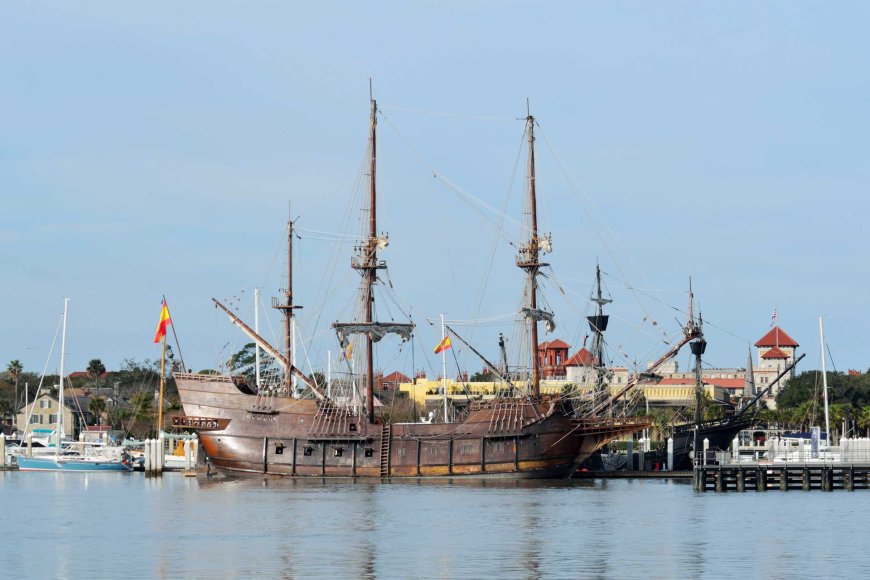
The Impact of Spanish Influence
The Philippines, a nation bursting with cultural vibrancy and historical complexities, has had its fair share of influences. Among these, the Spanish colonization stands out for its lasting impact, or should we say, its remarkably "gracious" intrusion. Let's take a tongue-in-cheek journey through the multifaceted ways Spanish influence has woven itself into the fabric of Filipino culture, often with outcomes that are as hilarious as they are enlightening.

The Linguistic Transformation
Imagine the pre-colonial Filipinos conversing in their native tongues, only to be suddenly inundated with a flurry of Spanish vocabulary. It’s as if the Spanish colonizers decided that the local languages were simply too, well, local. They generously sprinkled Spanish words like confetti into everyday speech. Now, instead of saying "hapag" (table), Filipinos say "mesa." Instead of "upuan" (chair), it’s "silla." One has to wonder if the Spanish felt their words would magically make the objects more sophisticated.
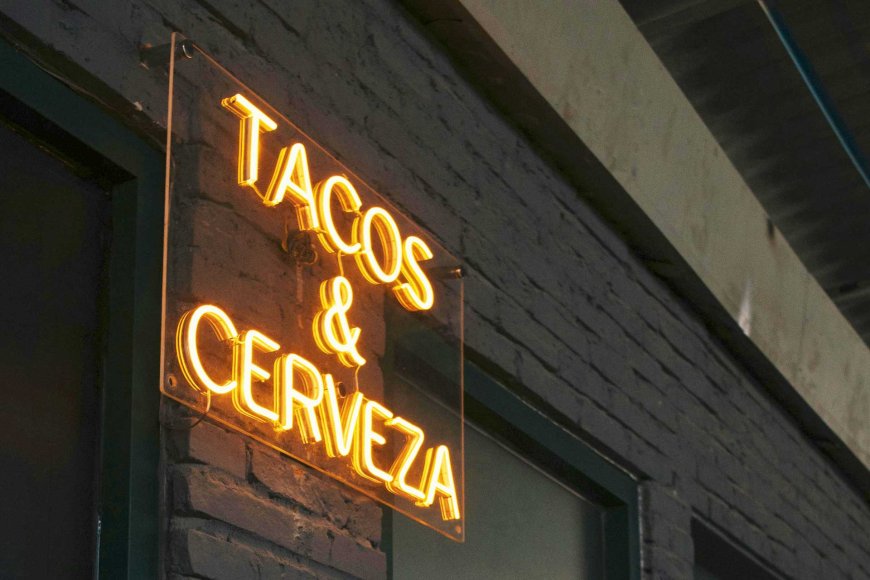
From Anitos to Saints
The religious overhaul was akin to a grand theatrical production, with the Spanish as the directors and the Filipinos as the somewhat confused cast. Pre-colonial Filipinos worshipped a pantheon of gods and spirits known as anitos. Enter the Spanish missionaries, armed with crucifixes and a zeal for converting the "heathens." They replaced anitos with a plethora of saints, each with a specific domain. Now, instead of invoking Bathala for good fortune, Filipinos were taught to pray to Santo Niño.
The fiestas, or religious festivals, are a particular delight. These are essentially giant parties disguised as solemn religious observances. The Sinulog Festival, for instance, is ostensibly in honor of Santo Niño but looks more like Mardi Gras on steroids. It’s a week-long spectacle of dancing, drinking, and a level of fervor that would make even the most devout Spaniard raise an eyebrow.
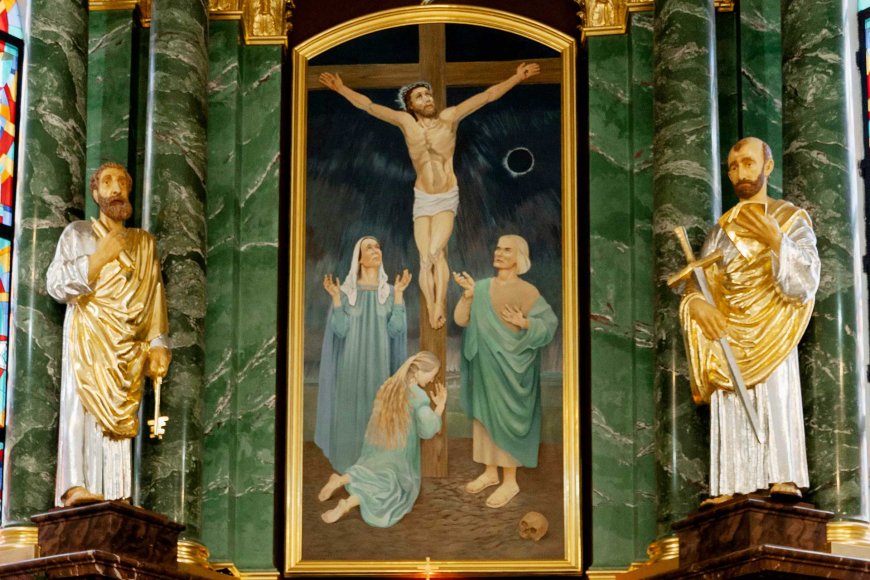
Architectural Wonders
Spanish colonial architecture has left an indelible mark on the Philippines, with towns structured around central plazas featuring the triumvirate of power: the church, the municipal hall, and the market. This urban planning approach ensured that no matter where you went, you could always find a place to pray, pay taxes, or buy overpriced goods.
Intramuros, the walled city of Manila, is a prime example of Spanish architectural prowess—or their obsession with walls. Built to protect against invasions, it ironically became a prison for the locals. Today, it stands as a tourist attraction, where visitors can marvel at the irony of being charged to see the walls that once kept their ancestors out.
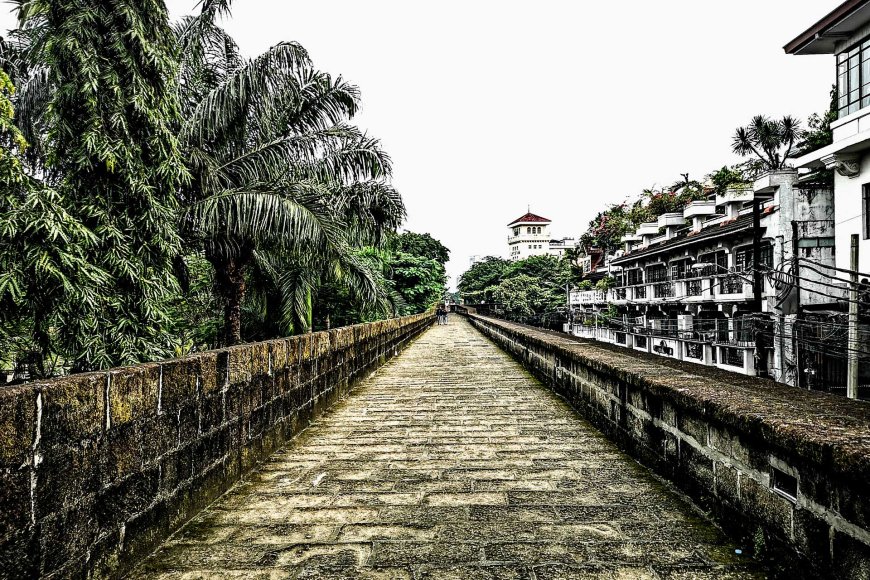
Culinary Contributions
Filipino cuisine, a delightful blend of native flavors and Spanish flair, owes much to the colonizers’ culinary contributions. The Spanish introduced adobo, a dish that Filipinos have since claimed as their own. This vinegar and soy sauce concoction, while delicious, raises the question: did the Spanish think the local dishes lacked acidity?
Lechon, the whole roasted pig, is another Spanish import. It's a centerpiece at Filipino celebrations, where the sight of a pig slowly roasting over an open fire brings joy to the masses. One can only imagine the Spaniards’ initial bewilderment upon seeing the Filipinos embrace this dish with such gusto, perhaps even better than they did.
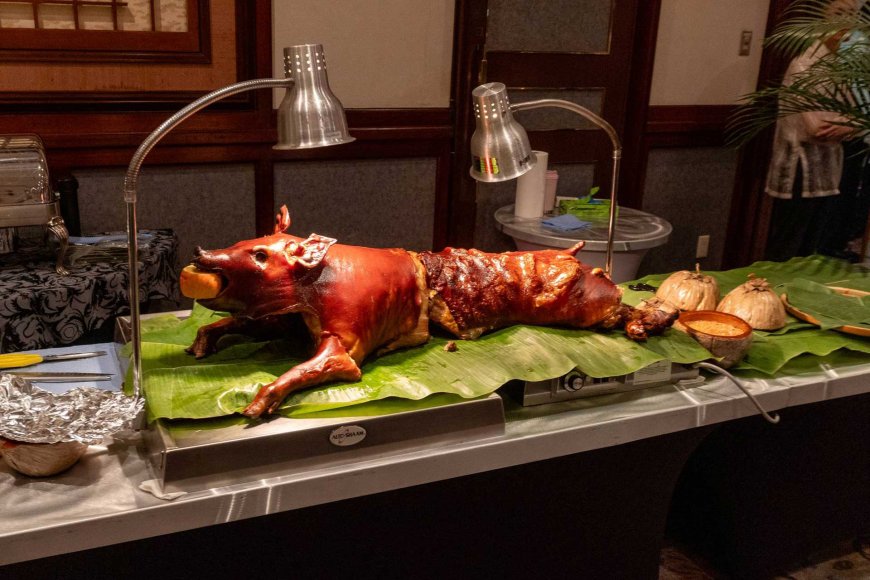
Arts and Literature
In the realm of arts and literature, the Spanish influence was both a blessing and a curse. Religious themes dominated Filipino art during the colonial period, leading to the proliferation of baroque-style churches and religious icons. It’s as if the Spanish believed that the more ornate and elaborate the depiction of a saint, the closer one was to divine favor.
In literature, the Spanish colonizers introduced the Filipinos to the joys of censorship. The great Filipino writer José Rizal penned his novels "Noli Me Tangere" and "El Filibusterismo" in Spanish, which promptly led to his execution for inciting rebellion. The lesson here? Writing in the colonizer’s language was acceptable, but criticizing them was not.
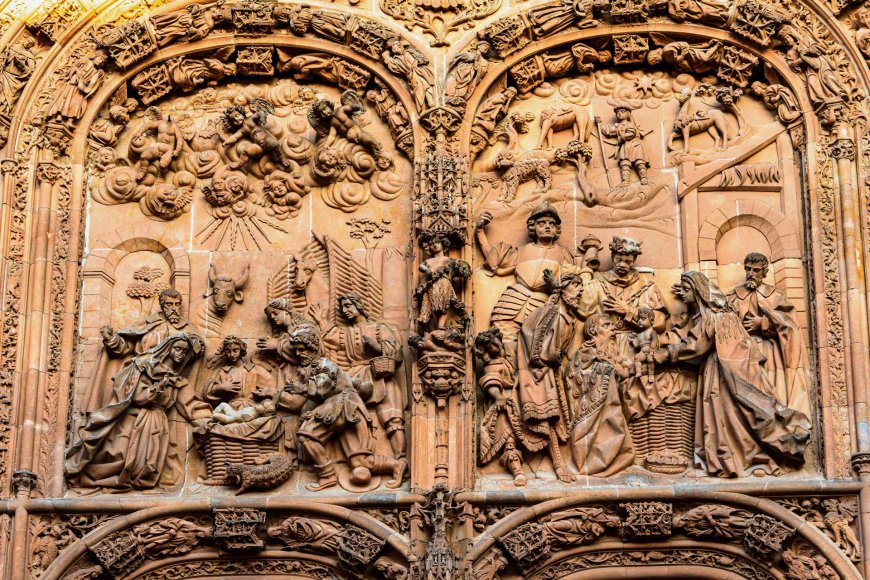
Governance and Education
The Spanish influence on governance and education was an exercise in irony. They introduced a centralized system of government, appointing local officials to ensure the smooth collection of taxes and the efficient suppression of dissent. The head of each barangay, or village, became the cabeza de barangay, a position that essentially made them the go-to person for both local grievances and colonial demands.
Education, the supposed gift of the Spanish colonizers, was another mixed blessing. They established schools and universities, such as the University of Santo Tomas, ostensibly to educate the masses. However, the curriculum was heavily skewed towards religious indoctrination and loyalty to Spain. The result was a generation of Filipinos who were well-versed in Catholic doctrine but less informed about their own pre-colonial history.
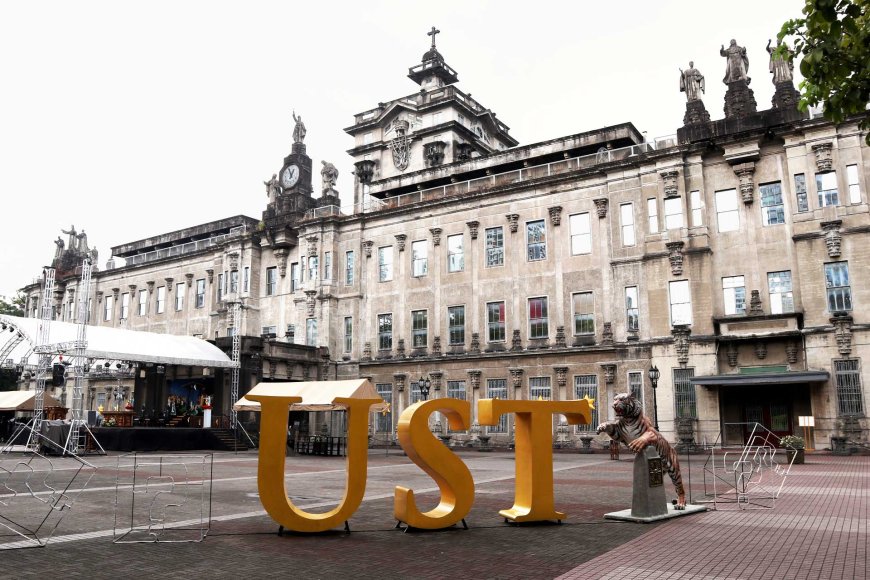
A Legacy of Ambiguity
The Spanish influence on Filipino culture is a testament to the enduring power of colonization to reshape societies in its own image. While the contributions in language, religion, architecture, cuisine, arts, literature, governance, and education are undeniable, so too are the ironies and contradictions inherent in this legacy.
As we look back on this colonial past with a satirical eye, it becomes clear that the Spanish influence was both a burden and a boon. It gave the Philippines many of its beloved traditions and practices, even as it imposed foreign customs and control. The result is a uniquely Filipino culture that continues to celebrate its heritage while laughing at the absurdities of its colonial history.
Find Cheap Flight Tickets to any Destinations in Japan and the Philippines
Nipino.com is committed to providing you with accurate and genuine content. Let us know your opinion by clicking HERE.































































